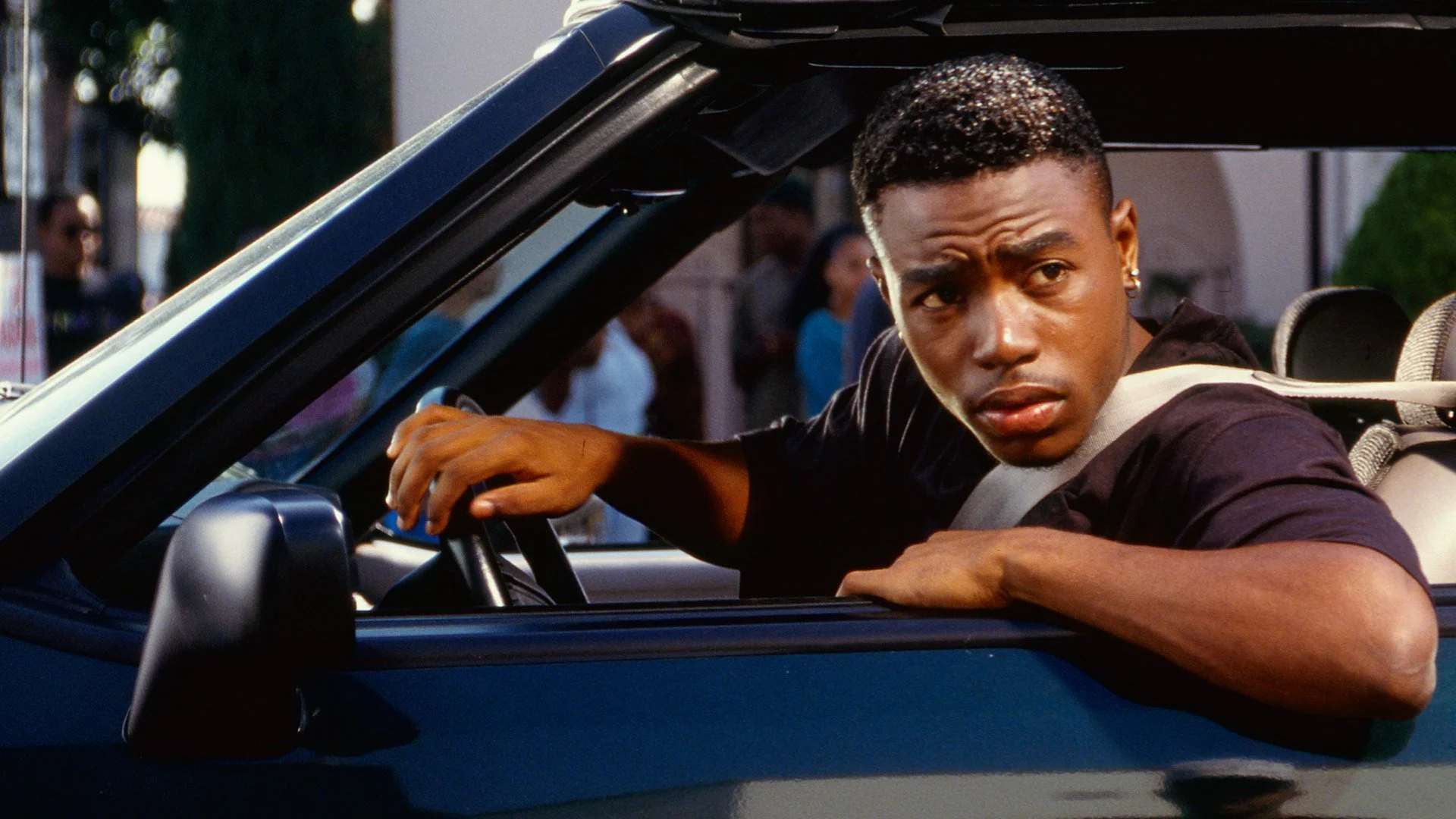MENACE 2 SOCIETY VS BOYZ N THE HOOD
Boyz n the Hood (1991) and Menace II Society (1993) are seminal films that expose the brutal realities of growing up Black in South Central Los Angeles, each through a different lens. While Boyz leans into hope, mentorship, and the possibility of escape, Menace delivers an unflinching, nihilistic portrait of a young man consumed by his environment.
Round 1: Tone and Philosophy
Boyz n the Hood is a sermon wrapped in a tragedy. Singleton gives us Tre Styles, a young man guided by his father Furious, whose wisdom cuts through the chaos like a lighthouse. There’s structure, intention, and a belief that choices matter. Even Doughboy, the film’s tragic gangster, is given layers—his pain is visible, his fate mourned.
Menace II Society, on the other hand, doesn’t preach—it punches. Caine, the protagonist, isn’t guided by anyone. He’s drifting, reacting, surviving. The Hughes Brothers strip away sentimentality and leave us with a world where violence isn’t just a threat—it’s a rhythm. There’s no Furious Styles here. Just guns, grief, and the slow erosion of hope.
ROUND 1 WINNER: MENACE II SOCIETY
Round 2: Character and Legacy
Tre vs. Caine. Doughboy vs. O-Dog. Ricky vs. Harold. The characters in Boyz are archetypes with emotional arcs. Ricky’s death is a gut punch because we believed in his escape. In Menace, death is expected. O-Dog is charismatic but terrifying—a symbol of what happens when rage has no outlet.
Boyz launched careers and earned Oscar nods. Menace didn’t get the same accolades, but it became a cult classic—quoted, referenced, and feared. It’s the darker twin, the one that didn’t smile for the camera.
ROUND 2 WINNER: BOYZ N THE HOOD
Round 3: Impact and Relevance
Both films cracked open a conversation about race, poverty, and violence. But Boyz was the diplomat—it made white America listen. Menace was the rebel—it didn’t care who was watching. Today, Boyz is taught in classrooms. Menace is whispered about in barbershops and sampled in rap lyrics.



